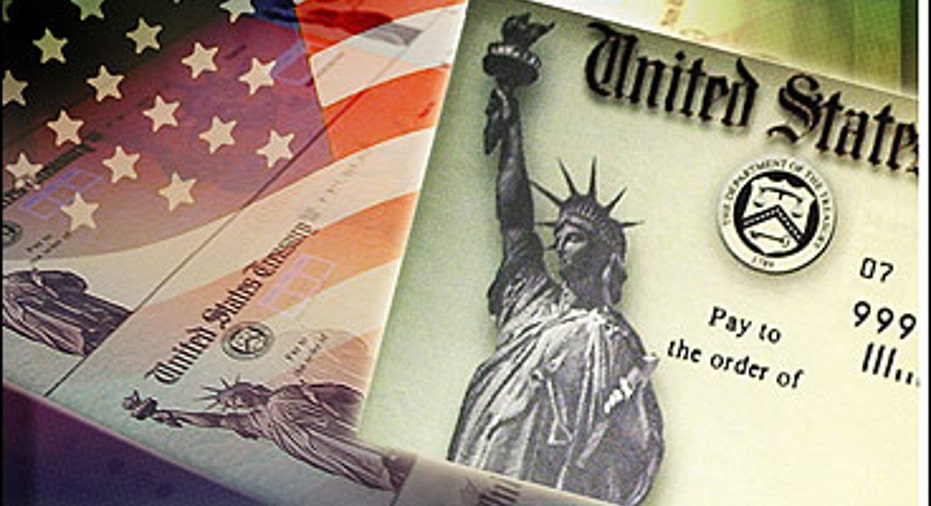Should You Take Advantage or Wait for Your Tax Refund?

You have a significant tax refund waitiWalng and some bills that are ready to consume it — or maybe you plan to spend it on new toys. In any case, most tax preparers will offer you some form of instant refund so you do not have to wait for your check to arrive. Other third-party vendors are more than willing to secure a short-term loan against your refund. Are these advances a good deal, or does it make more sense for you to wait for your refund check from the IRS?
Instant-refunds may take several forms, but think of them as equivalents to short-term payday loans. As with any short-term loan, you are paying significantly for the convenience of ready cash. It is important for you to understand how much you are paying for that convenience and whether the speed of the refund is worth that cost — as well as the consequences if your refund is less than expected.
Prior to tax year 2013, the most popular method was the Refund Anticipation Loan (RAL). In essence, the tax preparer, a bank, or a private lender would offer you one of several alternatives: the cash up front with traditional repayment terms, a reduced refund amount upfront with no repayments, and in the case of tax preparers, the ability to apply part of your refund to pay for the tax services. The problem with these methods is that consumers do not always realize the effective interest rates they are paying, often well over 100%, because they are often listed as service charges and loan origination fees.
RALs were effectively banned by regulators due to the amount of noncompliance with lending regulations. They are still available through private lenders, but virtually all banks and most tax preparers have abandoned the practice. Predictably, other quick-refund vehicles have filled the void.
The most popular new variation is the Refund Anticipation Check (RAC). In this case, a temporary bank account is opened solely for the tax refund and its disposition. Once the check is deposited, the lender takes out the collective fees for the lender and tax preparer, distributes the rest to the consumer (by direct deposit, prepaid card, or check) and then closes the account. Fees may be in the $20-$40 range to both lender and tax preparer, which could be a huge effective interest rate depending on the size of the refund and the amount of time saved. Other fees may also apply.
Some vendors offer personal lines of credit by carefully avoiding tying them to the tax refund (as if you would go to a tax preparer for a line of credit if you did not have a refund coming). The principle is still the same — watch the total fees and the relative interest rate that they represent based on the amount of time saved.
Wal-Mart (NYSE:WMT) is offering a new program called Direct2Cash that allows taxpayers to receive their refunds in cash at Wal-Mart stores. Participating tax preparers, including but not limited to Jackson-Hewitt locations inside Wal-Mart stores, offer the service for a discretionary fee of up to $7 (preparers may choose to waive the fee). Customers receive an e-mailed confirmation number that allows them to receive their refund in cash at any Wal-Mart Customer Service Desk for free. In essence, this is more like a check cashing service with minimal or no fees.
Why would Wal-Mart launch this service? Most likely, they expect Direct2Cash customers to spend some of their newfound refund at Wal-Mart while they are there. Even so, this service may offer a useful alternative to RALs/RACs if no hidden fees emerge.
For most people, RALs and similar vehicles are a poor alternative to waiting for your refund through the IRS. With e-filing, direct deposits and other expedited options, you generally will not save much time relative to the amount of money you will pay. However, if you are facing immediate medical bills, foreclosure, or some short-term debt with severe consequences, RALs/RACs may be worth the expense to you. Just make sure that you understand all the costs/risks involved and look for alternatives before you proceed.
More From MoneyTips.com
Financial benefits of investing your tax refund Top 8 Ways to Cut Your Taxes this YearTax Benefits of Having Dependents



















